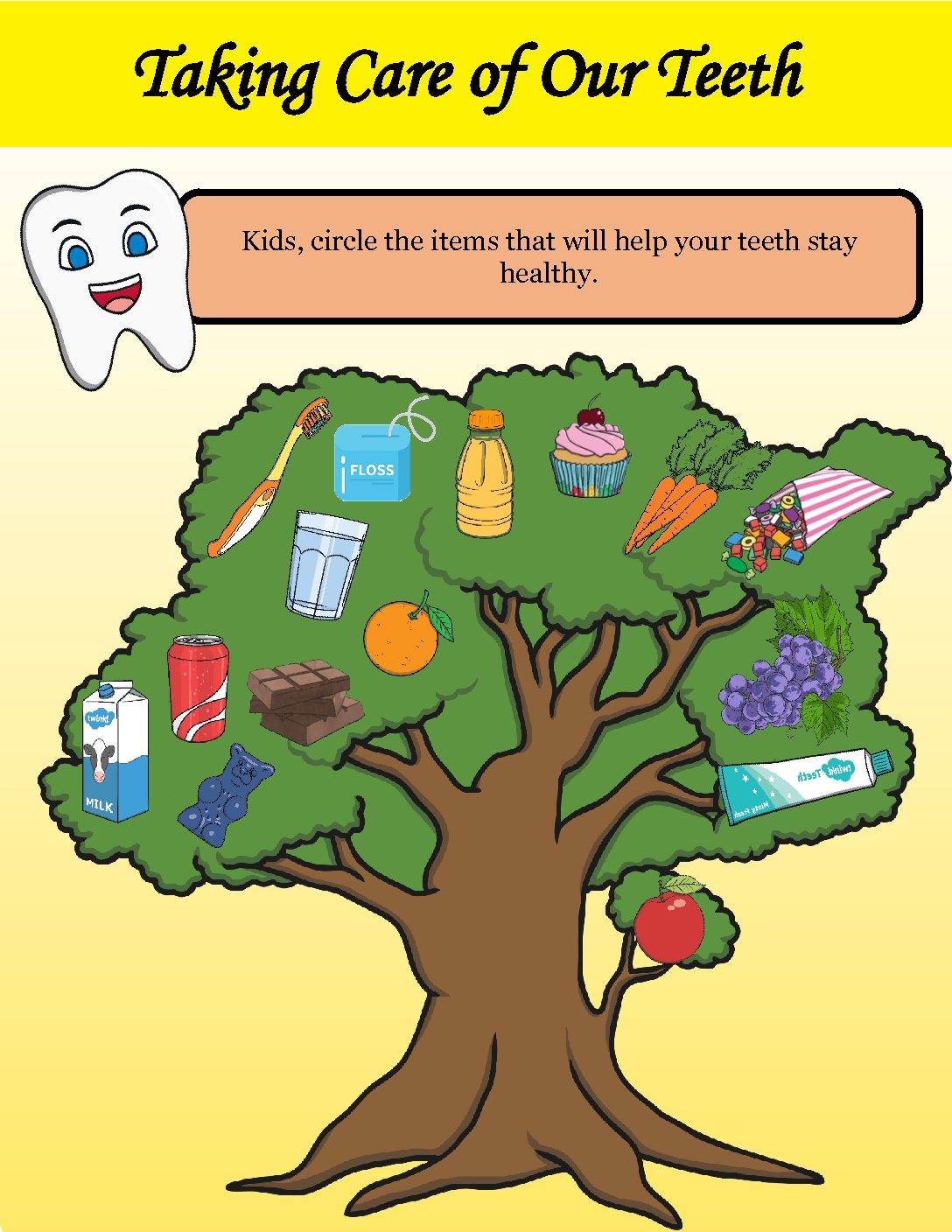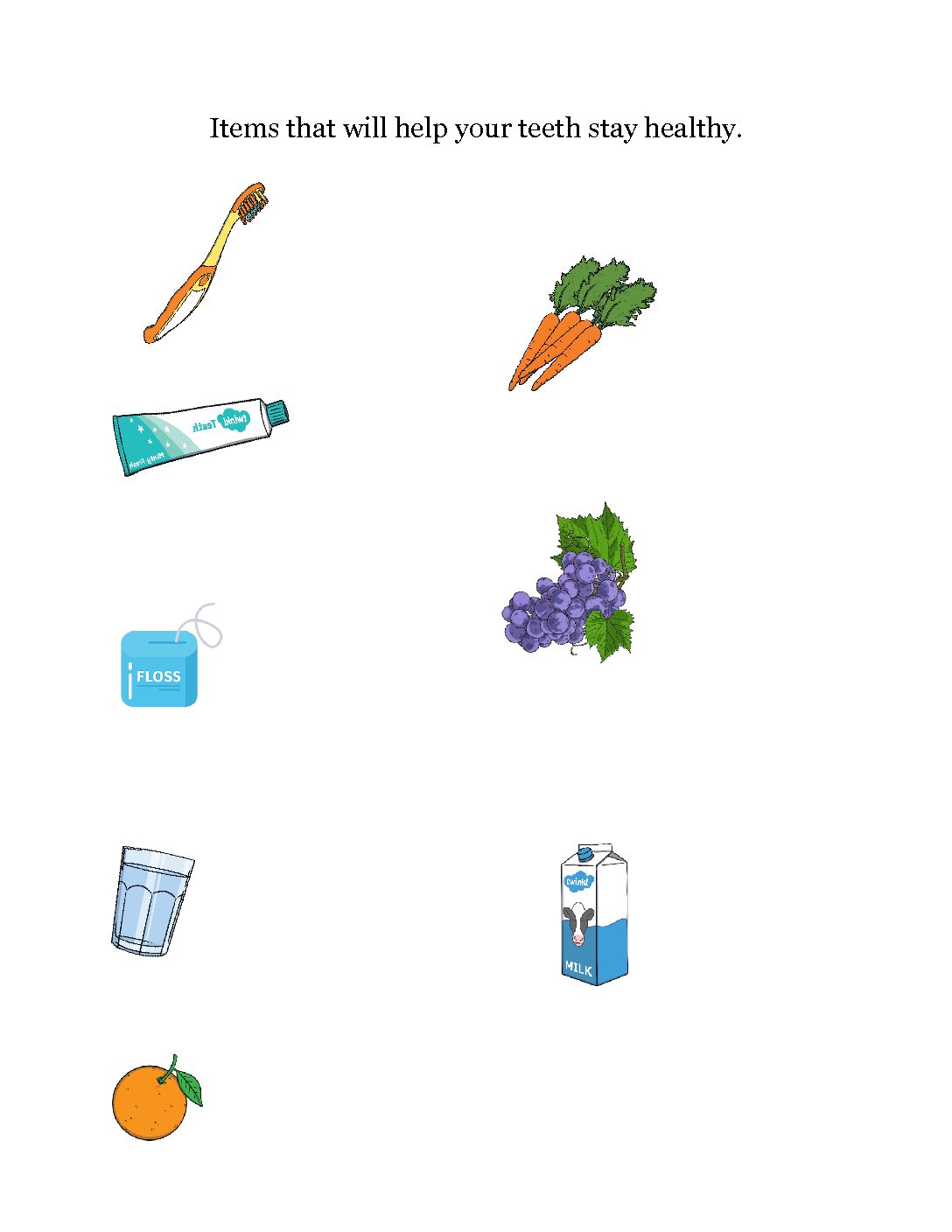Good Oral Health
- Oral Health is essential to general health and well-being
- The mouth is the gate keeper for the body and entry point for nourishment
- Oral Health has a lot to do with self-esteem, emotions, eating, speaking and smiling
The Lips
The lips are mobile and muscular and allow eating, speaking and smiling. They allow the mouth to hold food and also protect the teeth.
Tounge
Tongue contains taste buds which help with distinguishing sweet, sour, bitter, salt and so on. It is also important for eating, swallowing and proper pronunciation of words.
Teeth
- Chew food and prepare it for swallowing and digestion
- Four types and the shapes are slightly different.
- The incisors are used for cutting food, canines for tearing, the premolars used for crushing food and the molars which has the broadest surface is for grinding food.
- Important for beautiful smiles and maintaining shape of the face.
Jaw Bone
Hard bone that supports the face and includes the alveolar bone, which surrounds the roots of the teeth and helps to protect and hold the teeth in place.
Gingiva/Gum
Soft tissue which covers bones of the mouth.
- Forms a tight seal around teeth to prevent bacteria from entering the root areas and assist with holding teeth in the bony socket. Healthy gums reduce the risk of some chronic diseases like diabetes.
Temporomandibular joint
- Allows opening and closing of the mouth, movement of the lower jaw and assists with talking, chewing and swallowing.
Salivary glands:
- Produces saliva which helps to prevent cavities by washing bacteria away from teeth and gums
- Saliva moistens and breaks down food to help the digestion process.
Teeth Brushing
Tooth brushing is extremely important. This should be done after meals and before going to bed at nights.
Toothbrush Selection
Remember to select a toothbrush to fit your mouth size and ensure the bristles are soft. Hard bristles cause damage to teeth and gums.
Toothbrush Usage
Rinse toothbrush thoroughly after brushing and try to store in an upright position until dry. A moist toothbrush can encourage growth of bacteria, which will be harmful to the body.
Changing Your Toothbrush
Toothbrushes should be changed every three to four months or earlier if the bristles become frayed. Toothbrush bristles wear out and become less effective at cleaning the teeth after this period.
Toothbrush Changing 2
Please note that it is recommended that the toothbrush be changed after having the cold, flu, sore throat or any other mouth infection. Bacteria can be left in the brush and may cause a re-infection.
Flossing
Flossing is necessary, as this helps to remove food particles from between teeth and under the gum line, where the toothbrush bristles cannot reach. This should ideally be done once each day.
The Proper Brushing Technique
Hold and place your toothbrush at a 45-degree angle to the gums.
Brush the outer surfaces and the inner surfaces of the teeth using tiny circular motions.
Gently move the brush back and forth for cleaning the chewing surfaces.
To clean the inside surfaces of the front teeth, tilt the brush vertically and move the brush up and down several times.
Always remember to clean the tongue, as this traps food and will contribute to bad breath.
Last but not Least:
• Eat a balanced diet and limit sugary and salty beverages and snacks.
• See your oral health care provider every six months for the prevention, management and treatment of oral disease.


